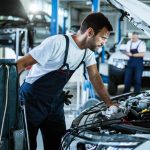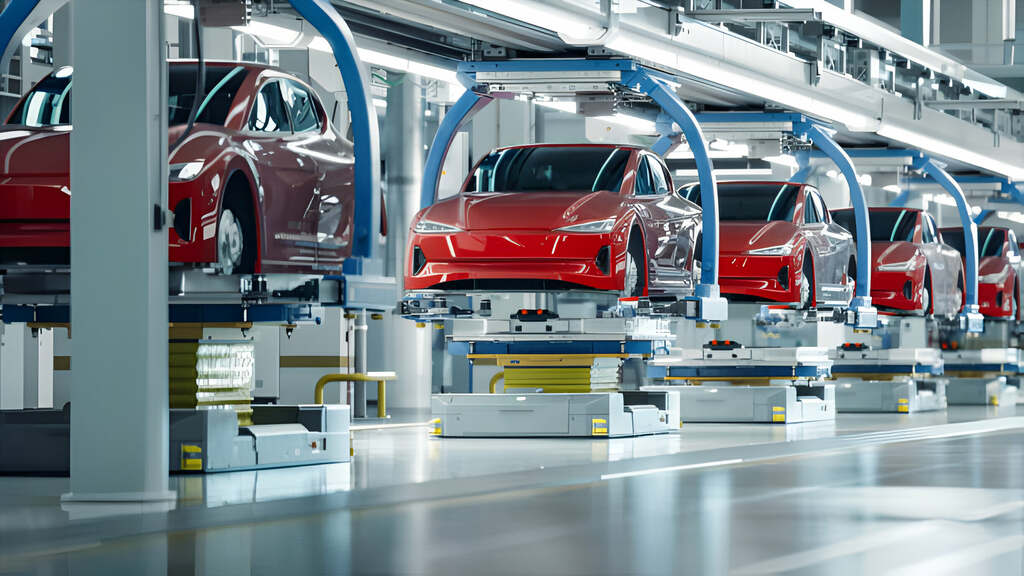The automotive industry is amidst a transformative period, characterized by the integration of advanced technologies to enhance precision, efficiency, and overall quality. Among these technologies, punch cutting machines have emerged as pivotal tools in the manufacturing process.
This article explores the profound impact of punch cutting machines on the automotive industry, elucidating their role in driving innovation, improving production capabilities, and redefining industry standards.
Evolution of Punch Cutting Machines
The evolution of punch cutting machines is a testament to human ingenuity and the relentless pursuit of efficiency and precision in manufacturing. From humble beginnings to the sophisticated systems of today, the journey of these machines reflects the broader narrative of industrial progress.
Origins and Early Development
Punch cutting machines have a rich history dating back to the Industrial Revolution. Initially used in textile and paper industries, these machines underwent significant advancements during the early 20th century, particularly with the rise of mass production techniques pioneered by Henry Ford.
Early iterations of these machines relied on mechanical principles, utilizing cams and levers to drive cutting mechanisms.
Technological Advancements
The advent of computer numerical control (CNC) technology revolutionized punch cutting machines, enabling precise control over cutting operations. Integration of servo motors, sensors, and advanced software further enhanced their capabilities, facilitating complex geometries and high-speed cutting.
Modern machines incorporate features such as automatic tool changers, real-time monitoring, and adaptive machining algorithms, optimizing efficiency and accuracy.
Applications in Automotive Manufacturing
Punch cutting machines have found wide-ranging applications within the automotive manufacturing sector, revolutionizing various aspects of production. Their versatility, precision, and efficiency make them indispensable tools in shaping the modern automotive industry. Let’s delve into some of the key applications:
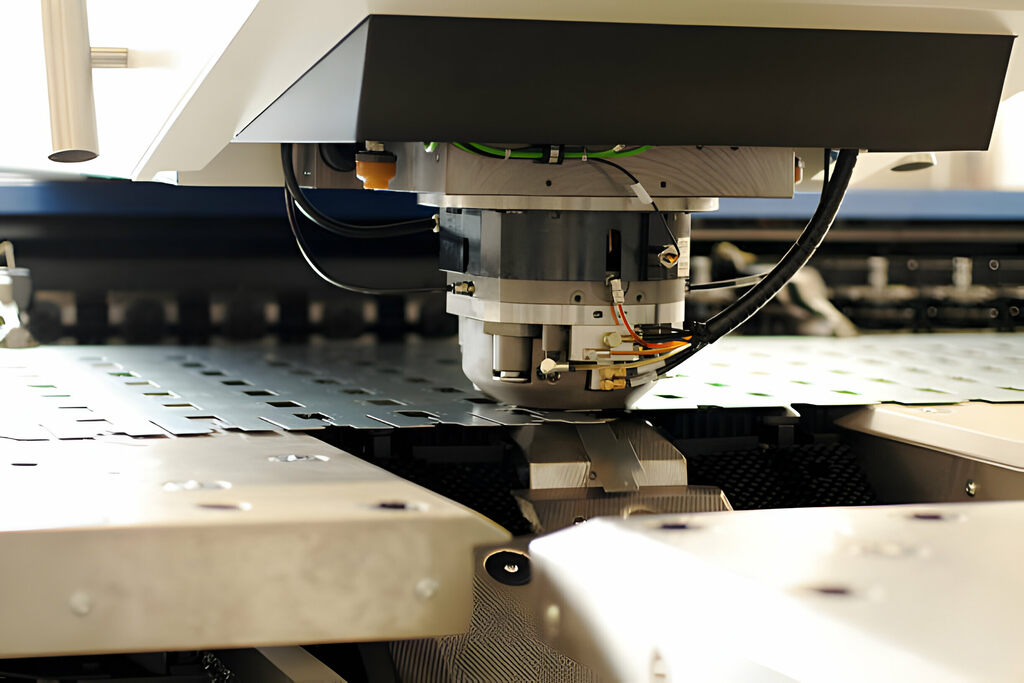
Sheet Metal Fabrication
One of the primary applications of punch cutting machines in the automotive industry is sheet metal fabrication. These machines excel in cutting, punching, and forming various metal components used in vehicle bodies, chassis, and interior structures.
By leveraging CAD/CAM integration, manufacturers can streamline the production process, rapidly prototyping and iterating designs with minimal lead times.
Precision Component Manufacturing
The machines play a crucial role in producing precision components critical for automotive assemblies. From engine parts to suspension components, these machines ensure tight tolerances and consistent quality, meeting the stringent requirements of modern vehicle designs.
Advanced materials such as aluminum alloys and high-strength steels pose challenges that these machines adeptly overcome through optimized tooling and machining strategies.
Customization and Personalization
Consumer demand for customization has spurred the integration of punch cutting machines in automotive manufacturing. Whether it’s intricate patterns on body panels or personalized interior features, these machines enable mass customization without sacrificing efficiency.
By leveraging advanced software solutions, manufacturers can offer bespoke options to cater to diverse customer preferences, enhancing brand loyalty and market competitiveness.
Advantages of Punch Cutting Machines
The Accurl punch cutting machines offer a plethora of advantages that make them indispensable assets in various industries, particularly in automotive manufacturing. These advantages stem from their precision, speed, versatility, and cost-effectiveness. Let’s explore some of the key advantages:
Precision and Accuracy
One of the standout advantages is their ability to achieve unparalleled precision and accuracy. CNC-controlled operations ensure consistent dimensional accuracy across large production runs, minimizing variations and defects.
This level of precision is paramount in automotive manufacturing, where tight tolerances are essential for optimal performance and safety.
High-Speed Production
The machines excel in high-speed production environments, enabling rapid fabrication of automotive components. Advanced tooling technologies coupled with efficient material handling systems ensure swift processing of sheet metal and other materials.
This translates to shorter lead times, increased throughput, and enhanced productivity, essential factors in meeting the demands of the automotive market.
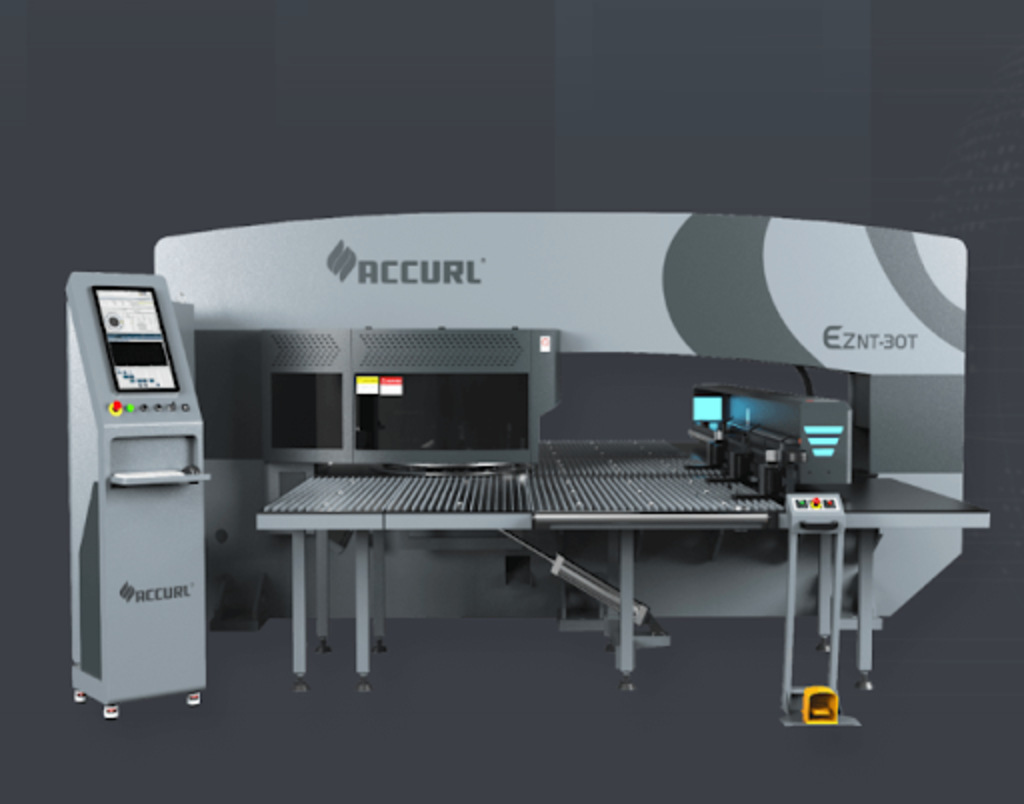
Versatility and Flexibility
Modern punch cutting machines offer remarkable versatility, accommodating a wide range of materials and geometries. Whether it’s thin gauge sheet metal or thicker structural components, these machines can adapt to varying requirements with ease.
Furthermore, their ability to perform multiple operations such as cutting, punching, and forming eliminates the need for separate machines, streamlining the manufacturing process and reducing setup times.
Cost-Efficiency
Despite their advanced capabilities, punch cutting machines offer cost-effective solutions for automotive manufacturers. The automation of repetitive tasks reduces labor costs while minimizing material wastage through optimized nesting algorithms.
Additionally, the longevity and reliability of these machines contribute to lower maintenance expenses over their operational lifespan, making them a prudent investment for long-term profitability.
Impact on Automotive Industry Transformation
The transformation of the automotive industry has significant implications, reshaping mobility, technology, and consumer preferences.
Enhanced Design Freedom
The integration of punch-cutting machines has expanded design possibilities in the automotive industry. Engineers can now explore complex geometries and lightweight structures previously deemed impractical or cost-prohibitive.
This design freedom not only fosters innovation but also leads to the development of more fuel-efficient vehicles with improved performance and sustainability.
Accelerated Prototyping and Iteration
Traditional prototyping methods often entail lengthy lead times and significant costs, hindering the pace of innovation in automotive design. Punch cutting machines, equipped with rapid prototyping capabilities, mitigate these challenges by enabling quick iteration and validation of design concepts.
Manufacturers can swiftly translate digital models into physical prototypes, facilitating iterative refinement and accelerating time-to-market.
Streamlined Production Processes
By integrating punch-cutting machines into existing production workflows, automotive manufacturers can streamline processes and eliminate bottlenecks. The seamless transition from design to fabrication reduces cycle times and enhances overall efficiency.
Moreover, real-time monitoring and predictive maintenance features preemptively address potential issues, ensuring uninterrupted operations and optimal resource utilization.
Sustainable Manufacturing Practices
In an era of heightened environmental awareness, sustainability has become a cornerstone of automotive industry transformation. These machines contribute to sustainable manufacturing practices through efficient material utilization and energy-saving technologies.
The ability to nest parts intelligently minimizes scrap generation, while energy-efficient servo motors and regenerative braking systems reduce power consumption, aligning with eco-friendly initiatives.
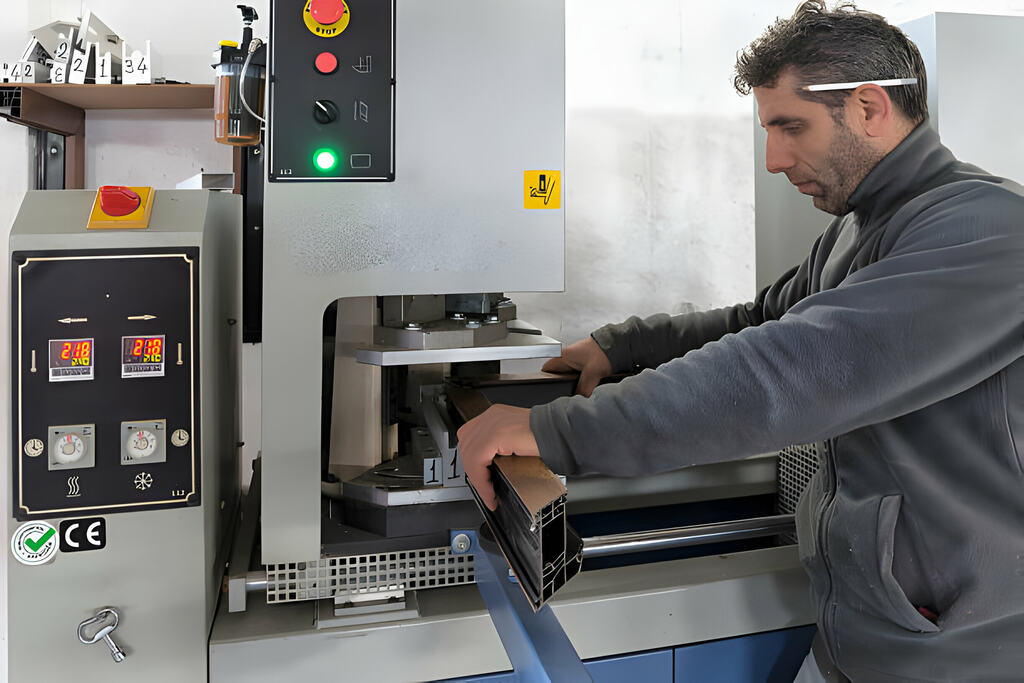
Future Outlook and Innovations
The future outlook for punch-cutting machines in the automotive industry is characterized by ongoing innovation and integration with emerging technologies.
As automotive manufacturers strive to stay ahead in a rapidly evolving market, punch cutting machines are poised to play a pivotal role in shaping the industry’s future. Here are some anticipated trends and innovations:
Integration of Artificial Intelligence
The convergence of punch-cutting machines with artificial intelligence (AI) promises to unlock new possibilities in automotive manufacturing. AI-driven algorithms can optimize cutting parameters, predict tool wear, and enhance process control, further enhancing precision and efficiency.
Machine learning algorithms analyze vast datasets to identify patterns and anomalies, enabling predictive maintenance and continuous improvement strategies.
Additive Manufacturing Integration
The synergy between punch-cutting machines and additive manufacturing technologies presents exciting opportunities for the automotive industry. Hybrid manufacturing systems combine subtractive and additive processes, allowing for the fabrication of complex, multi-material components with unprecedented precision.
This integration enables novel design approaches and facilitates on-demand production of customized parts, revolutionizing supply chain dynamics.
Collaborative Robotics and Automation
Collaborative robotics, or cobots, are increasingly being deployed alongside punch-cutting machines to augment production capabilities. These agile robots assist in material handling, tool loading, and quality inspection tasks, enhancing overall operational efficiency.
By automating repetitive and ergonomically challenging tasks, cobots mitigate labor shortages and improve workplace safety, fostering a harmonious human-machine collaboration paradigm.
Conclusion
Punch cutting machines stand at the forefront of the automotive industry transformation, driving innovation, efficiency, and sustainability.
Their precision, versatility, and integration with advanced technologies have reshaped manufacturing processes, enabling automotive manufacturers to meet evolving market demands and regulatory requirements. As the industry continues to embrace digitalization and automation, it will remain indispensable tools in shaping the future of mobility.


